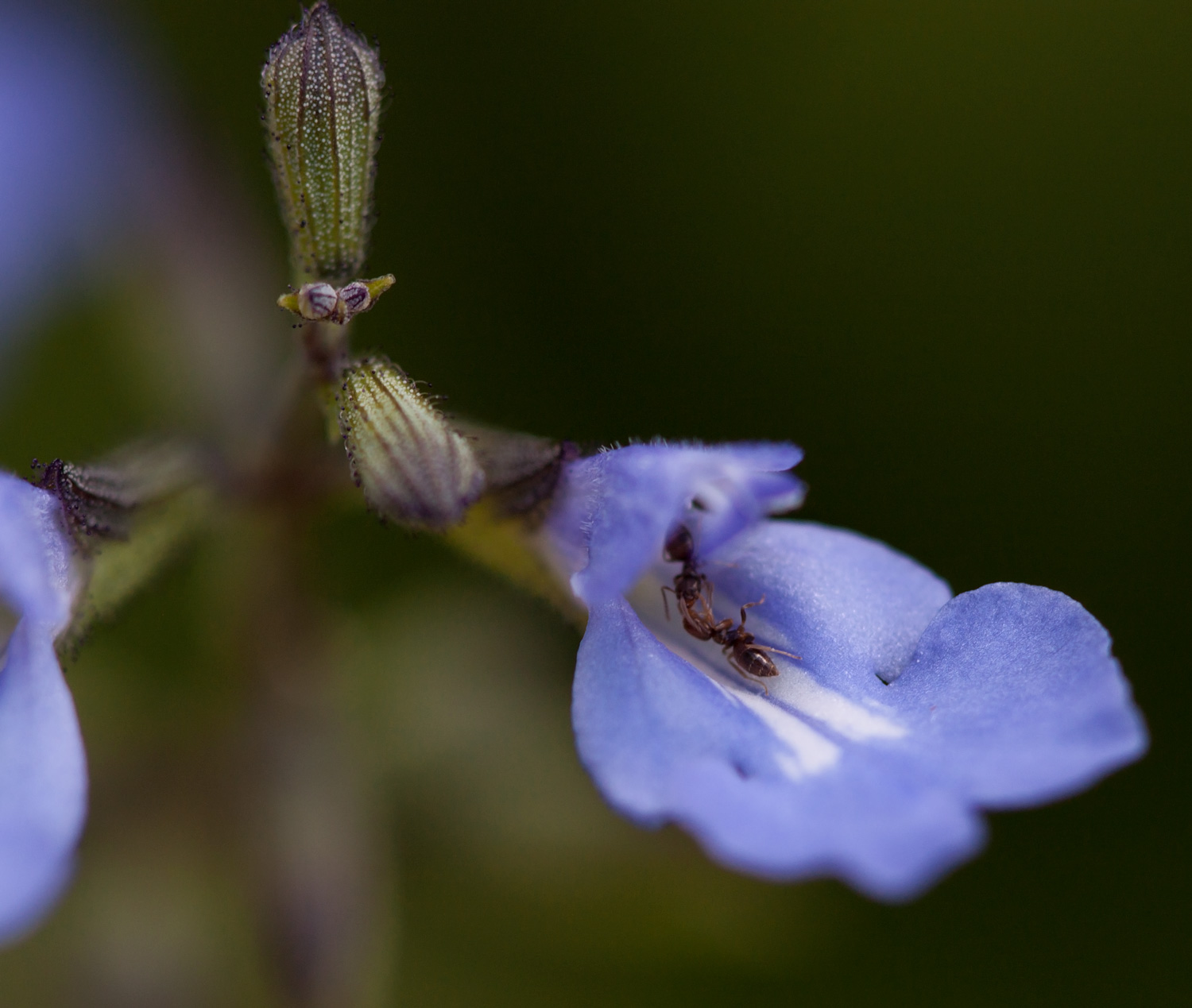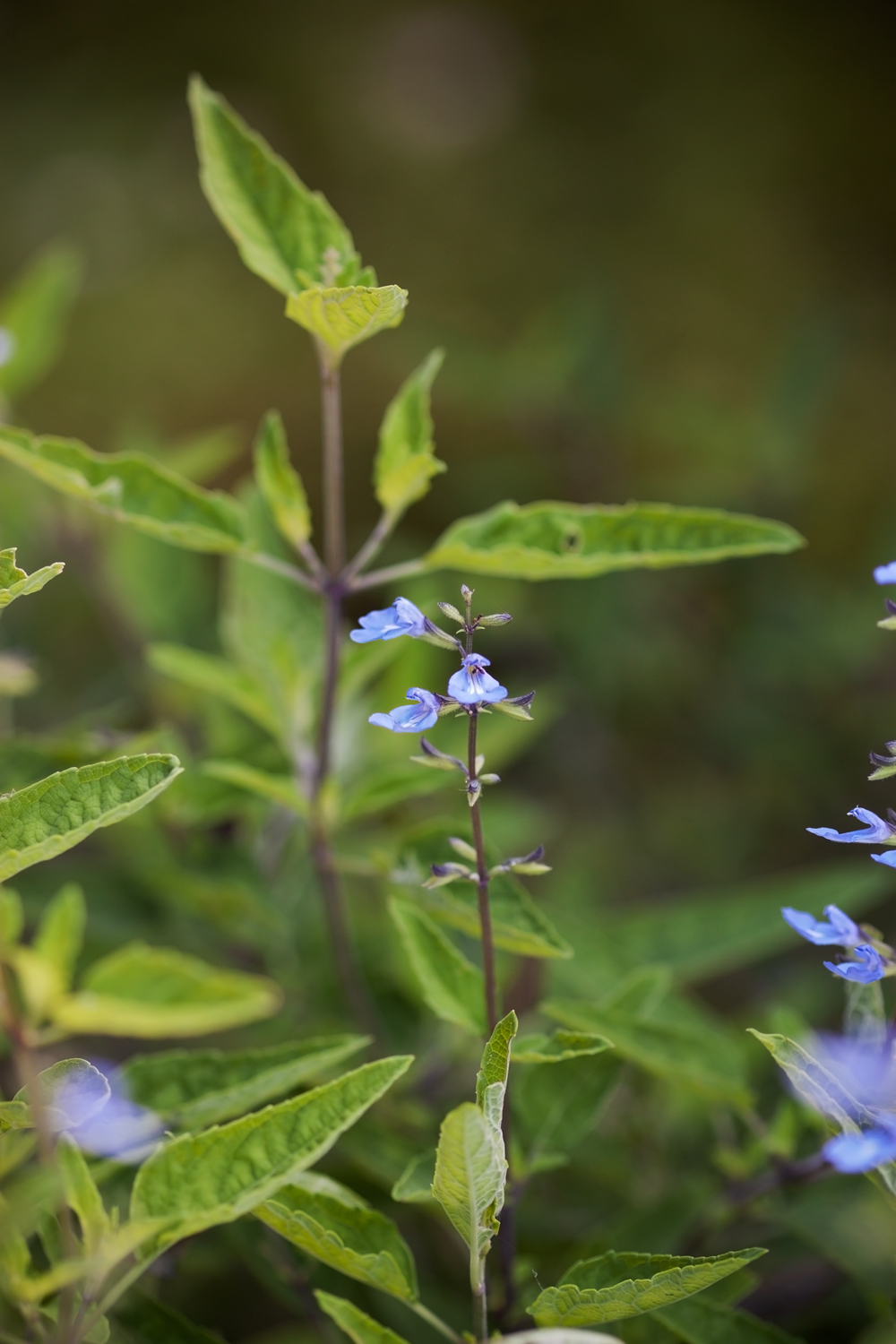Risen from the Dead: Cayman Sage

 |
| Ants battle inside a Cayman sage flower. |
Whether caused by human beings, or stemming from a more “natural” cause, there is little sadder than the extinction of an entire species. From my standpoint, it is the loss of ability to simply know the world that particular species experienced—or just the inability to view a beautiful plant or animal in its natural surroundings. That’s perhaps selfish, but I think also a normal initial reaction. The greater loss is immeasurable.
Sometimes, however, scientists—and often just regular curious citizens—find a plant or animal believed to be extinct, but happily living out its life. Apparently nobody remembered to tell these organisms that they went extinct. Living things once believed extinct but rediscovered alive are often referred to as a “Lazarus taxon,” (as in Lazarus, rising from the dead; taxon, a biological classification of organisms, e.g. a phylum, order, genus, species) but that more correctly refers to a taxon that disappeared from the fossil record, and subsequently reappeared in it. By that definition, the Lazarus taxon is within the realm of paleontology. I’m more interested in living things thought extinct and rediscovered not in the fossil record, but current and alive today, a “Lazarus species.”
I wondered if Fairchild housed any such species, and we do! Senior Horticulturalist Mary Collins pointed me in the direction of Cayman Sage (Salvia caymanensis). This perennial grows to about 2–3 feet tall, and produces very small periwinkle/sky blue flowers about 3/8ths of an inch long. Endemic to Grand Cayman, it had been last described in 1967 and soon after believed extinct. After Hurricane Ivan in 2004, conservationists in the Cayman Islands realized seeds of the Cayman sage, possibly dormant in the soil, could possibly have the chance to grow in the disturbed areas created by the hurricane, a kind of area the plant prefers. “Wanted” posters were distributed in 2007 offering a reward to anyone finding live sage plants, and soon after a woman correctly spotted the plant growing in a roadside area.
 |
| Salvia caymanensis at Fairchild |
Endemic to Grand Cayman, Salvia caymanensis is still considered critically threatened by the IUCN. To view this beguiling little plant, you simply need to travel to Grand Cayman, or walk through Fairchild’s Visitor Center into the garden where Cayman sage thrives along a border in Plot 17.
Note: To read about the poster creature for a Lazarus species, you can’t go wrong with the Coelacanth, a fascinating fish that went from fossil to fisherman’s catch. The title I'm familiar with is “A Fish Caught in Time: The Search for the Coelacanth,” by Samantha Weinberg.
 |
| Blooming Cayman sage |
